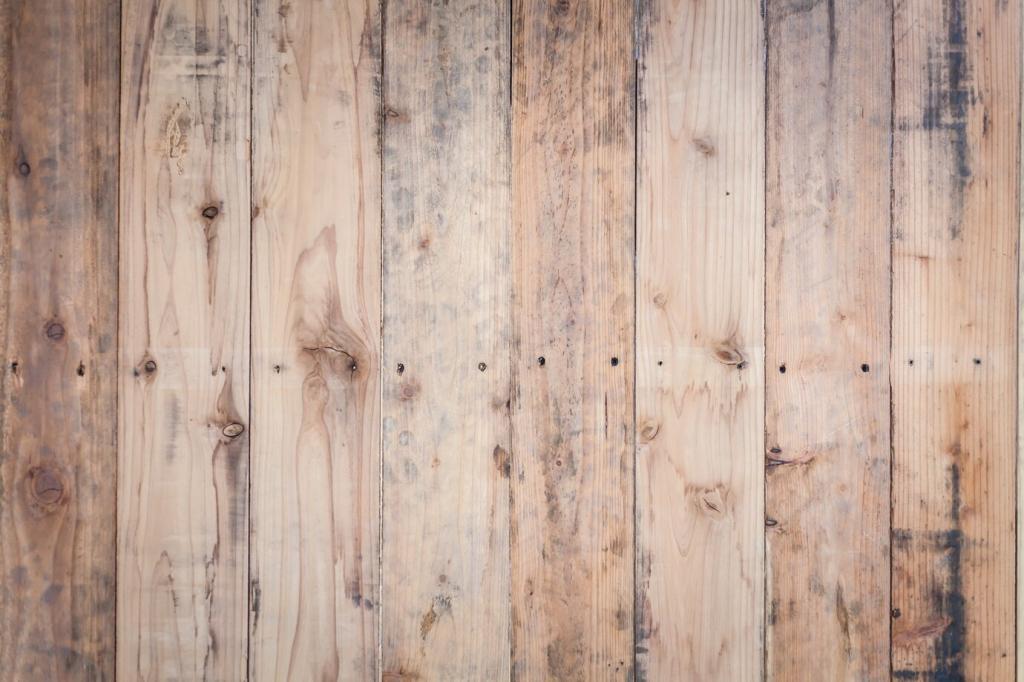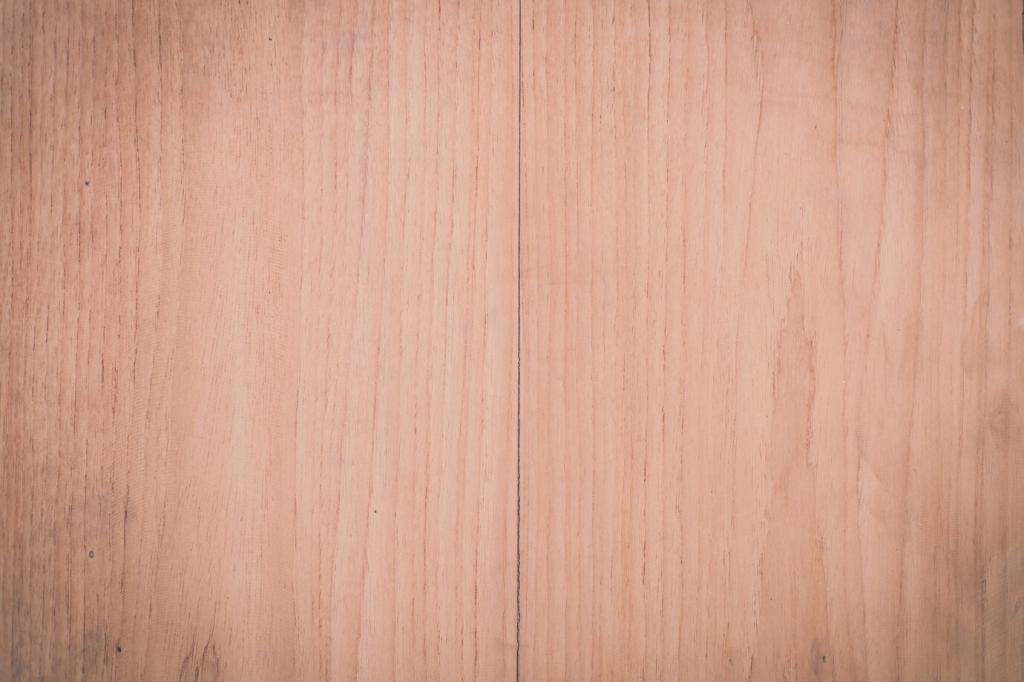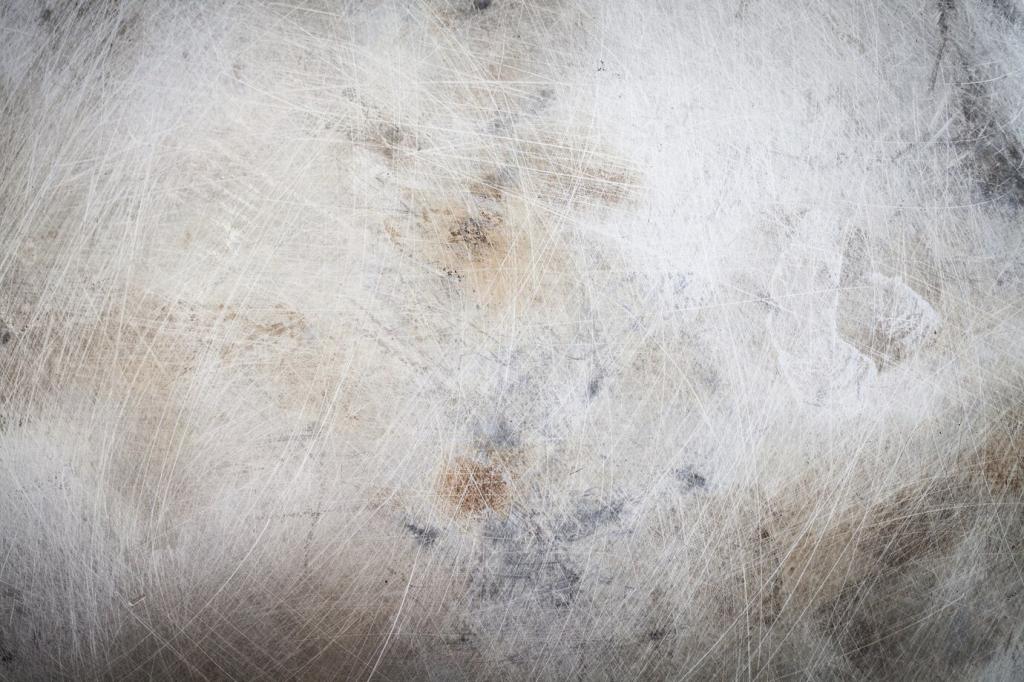Insulation Options for Green Homes: Cozy, Quiet, and Carbon‑Smart

Think of your home like a thermos: insulation slows heat flow, while airtightness keeps drafts out. Together, they stabilize comfort, curb energy waste, and help your heating or cooling system work less, last longer, and spend more time idling than struggling.

Every kilowatt‑hour saved is a small climate victory. By choosing low‑impact insulation with responsible sourcing and recycled or renewable content, you reduce operational energy and embodied carbon, creating a home that respects both your wallet and our shared atmosphere.

What’s your biggest insulation question—materials, moisture, or budget? Share it in the comments and subscribe for approachable guides, climate‑zone tips, and reader case studies tailored to real homes and real weather, not just perfect lab conditions.
Natural and Recycled Materials You Can Trust
Cellulose typically contains around 80–85% recycled newspaper, treated with borates for fire and pest resistance. Dense‑pack techniques reduce air movement in walls, boosting comfort. If you’ve used cellulose, tell us how it handled sound, drafts, and tricky corners in your retrofit.

Natural and Recycled Materials You Can Trust
Wool manages moisture naturally, absorbing and releasing humidity while maintaining insulating value. Treated for moth resistance, it’s gentle to install and delightful in attics and loft conversions. Share your wool experiences and whether the serene acoustics surprised you during stormy nights.

Moisture, Air, and Fire: Safety Without Compromise
Smart vapor retarders change permeability with humidity, helping walls dry either direction. Pair them with climate‑aware insulation choices to avoid trapped moisture. Share your region and wall makeup, and we’ll outline safe layers that balance protection with forgiving drying potential.
Cold Climates: Stop Heat From Sneaking Out
In snowy regions, prioritize continuous exterior insulation or dense‑pack cavities plus airtightness to tame stack effect. Watch attic ventilation and air sealing at the ceiling plane. Comment with your winter lows, and we’ll suggest assemblies that reduce ice dams and morning chills.
Hot‑Humid Zones: Keep Heat and Humidity at Bay
In Gulf and coastal climates, control exterior moisture and limit interior vapor drives. Favor assemblies that dry outward, with careful duct sealing and radiant barriers where appropriate. Share your dew‑point woes, and we’ll tailor insulation picks that keep mold pressure in check.
Dry and Mixed Climates: Flexible Strategies Win
Where seasons swing, opt for smart vapor control and balanced R‑values. Exterior mineral wool over sheathing, paired with airtight drywall, can handle shoulder seasons gracefully. Tell us your elevation and sun exposure to fine‑tune roof and wall insulation thicknesses cost‑effectively.

Dense‑pack cellulose in the walls, attic air‑sealing, and mineral wool at the rim joist reduced Emma’s gas use markedly. She noticed quieter rooms first, then lower bills. Share your house age and wall type, and we’ll suggest similarly impactful, step‑by‑step moves.

Costs, Incentives, and Carbon Over the Long Haul
A well‑designed insulation package often pays back through reduced energy use and smaller equipment. Simpler comfort, fewer repairs, calmer rooms—those dividends compound. Share your square footage and climate, and we’ll model rough scenarios to guide sensible, phased investments.
Many regions offer rebates for air sealing and insulation, sometimes covering audits and blower‑door tests. Ask your utility, city, or co‑op. Comment with your ZIP or postcode, and we’ll help surface programs that align with your insulation goals and timeline.
Cellulose, cork, and wood fiber often shine in embodied carbon comparisons, while smarter foams reduce blowing‑agent impacts. Pair low‑carbon materials with durable details to avoid rework. Want a beginner‑friendly checklist? Subscribe, and we’ll send a concise material and detailing guide.
